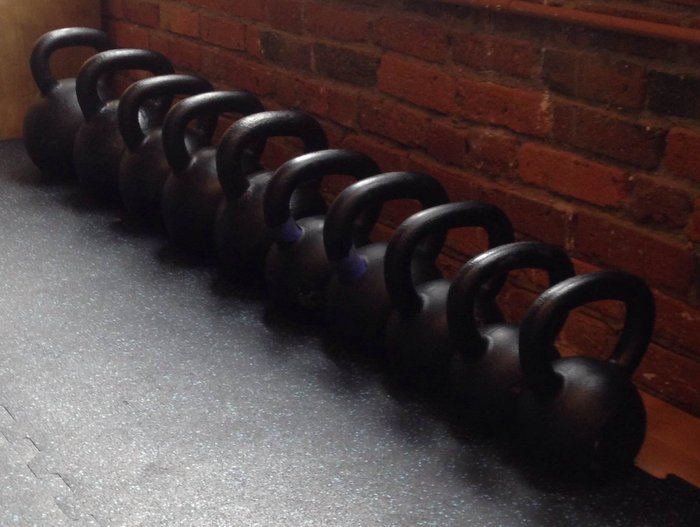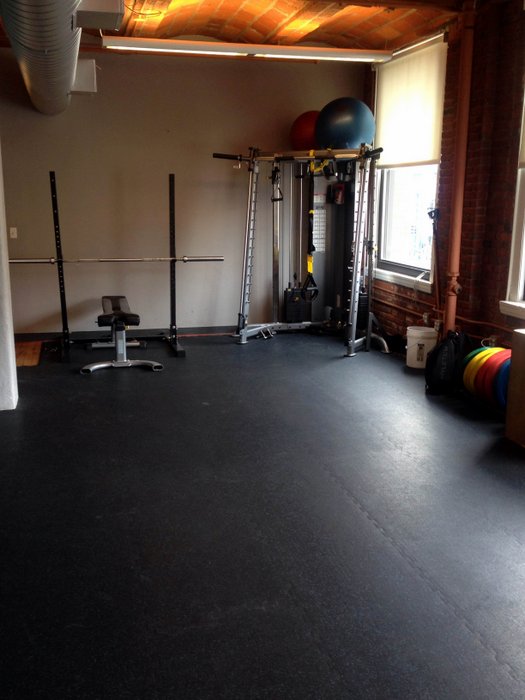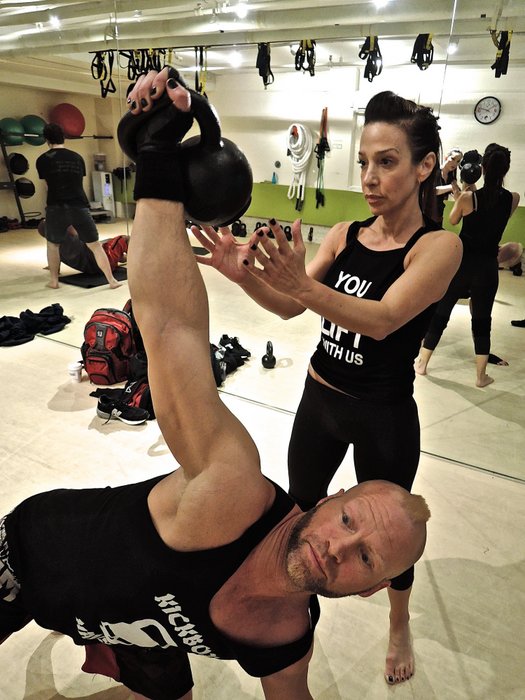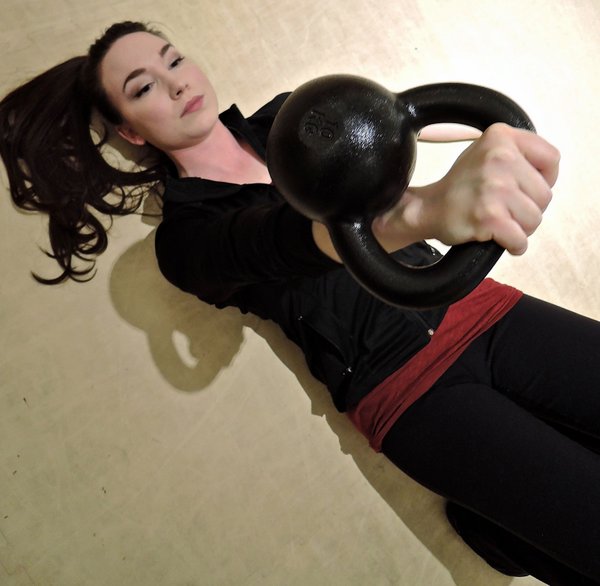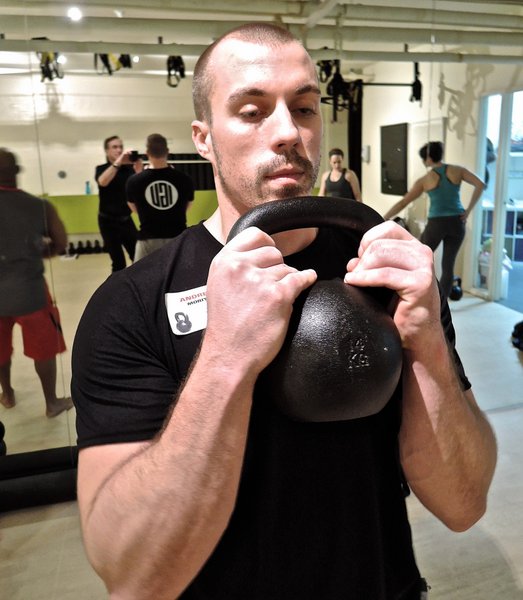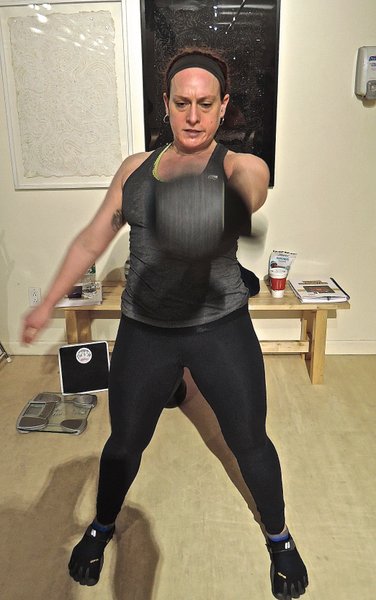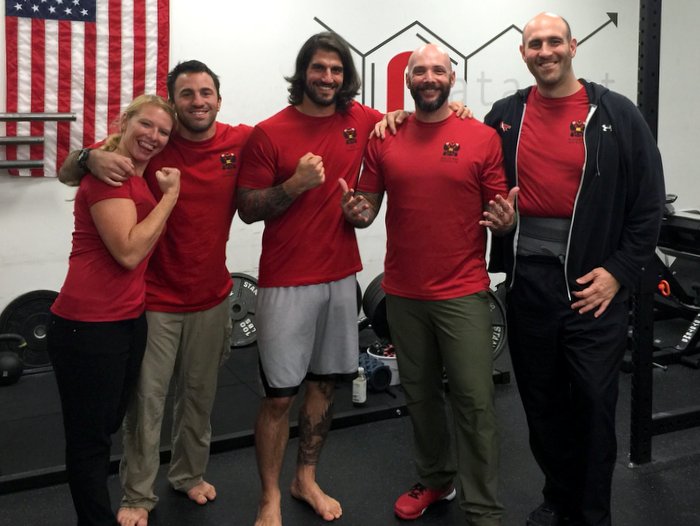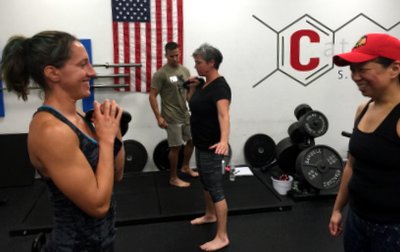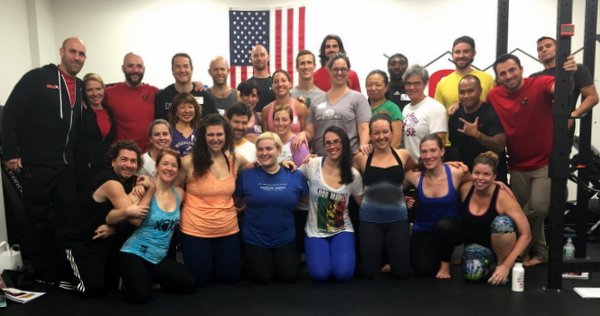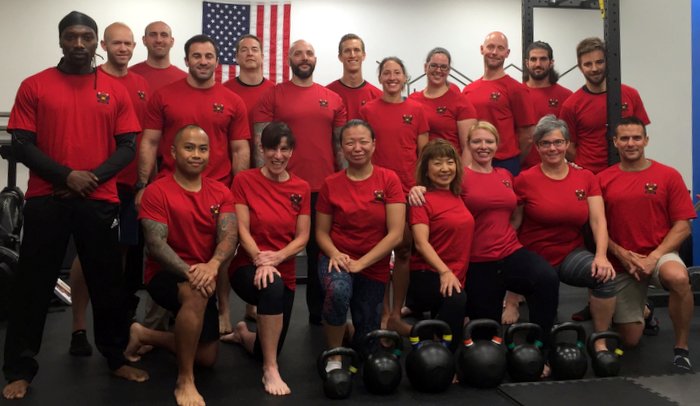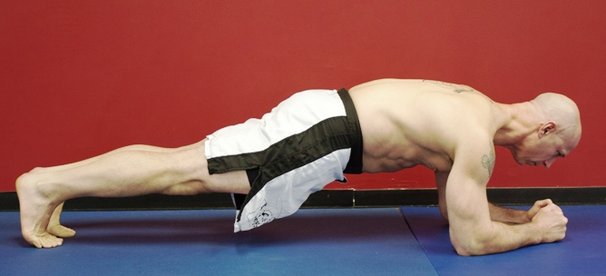
To get the full effect of these routines it’s important that you’ve read the first part of this series. If you haven’t, please consult my previous blog post: How to Turbo Charge Your Big Six (Part 1).
Now, we will continue our heavy load volume training with the next two workouts. As explained in Part 1, although the movements are relatively basic, these workouts should only be attempted by experienced kettlebell lifters. There is a great deal of volume involved and one must possess the strength, muscular endurance and technical skill to complete the workouts as designed.
Workout #3: Press Pyramid, Row Ladder and Cleans
Pick a bodyweight warm-up, then perform 2 sets of the following:
- Armbar
- Lying side press, 10 each side
- Kettlebell pullover, 10 reps
Press Pyramid:
Strategically plan out which kettlebells you will be using. Again, I start with the RKC Snatch Test sized kettlebell. Do 5 reps with the first kettlebell on each side, then go up in weight and do 4 reps, increase and do 3 reps, go up again in kettlebell size and do 2 reps. When you get to your heaviest chosen weight, perform one rep on each side. Now we go back down the pyramid, but not all the way. Once you get to kettlebell # 3, perform 3 reps on each side and stay at this weight for the 4 rep and the 5 rep sets. If you are not able to increase the weight each set, then simply stay at the highest weight you can do and simply decrease the reps. If you want to make your pressing pyramid more challenging, do the “bottoms-up” version of the press.
Row Ladder:
These static kettlebell rows are a double kettlebell exercise. To understand the importance of stability in this exercise, sssume the bent over kettlebell row position, contract your lats and pack your shoulders. If the kettlebells touch the ground, your position is not stable.
Your palms are facing forward while you are in the racked position. NEVER begin this exercise from the bent over position, start by grasping the bells, standing straight up, then lowering yourself into the 10 & 4 position (head at 10 o’clock and tail at 4). Employ a 180 degree rotation as you allow one kettlebell to descend so that it is in front of your knee, while keeping the other kettlebell racked. Bring the kettlebell back, pause, then repeat this on the other side. Envision pulling your chest through the kettlebells to help counter the temptation to be standing more upright. The reps are 1, 1, 2, 2, 3, 3, 4, 4, & 5, 5. Repeat this series 2 more times.
Bottom-Up Clean and Hold:
During this exercise we will alternate between the ballistic clean and the full body tension of the hold. You must use tension through your abdomen, trunk. lats, glutes, pecs and legs to maintain this position with a heavy kettlebell. We will perform 5 reps on each side for 5 sets. There will be a 3 second hold at the bottoms up racked position. Clean the bell, beginning with your thumb facing forward, especially if you are using a heavy bell. This is virtually the only exercise that I recommend performing the backswing between your legs in this fashion. It’s difficult to control a large kettlebell while twisting it into a secure bottoms-up position. It’s far better to take a straight line approach.
Cool down and you’re done. Be sure to de-load your forearms during your cool down, your grip will get very taxed during this session.
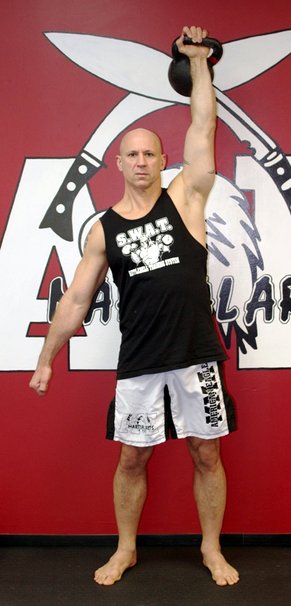
Workout #4: Snatch Pyramid, Squat Ladder and Planks
Choose from one of the aforementioned warm up routines from Part #1 and then you are good to go!
Snatch Pyramid:
Take your RKC Snatch Test sized kettlebell and begin. The idea is to move through the routine without resting between the sets. Perform these reps in succession on each hand. 1, 1, 2, 2, 3, 3, 4, 4, 5, 5, 6, 6, 7, 7, 8, 8, 9, 9, 10, 10. And then back down – 9, 9, 8, 8, 7, 7, 6, 6, 5, 5, 4, 4, 3, 3, 2, 2, 1 & 1. Shake your arms loose and stretch out your forearms.
Squat Ladder:
5 reps each side, 10 sets. As with most of the other exercises, we begin with our snatch test size kettlebell and increase the weight each set, if you can. If not, stick with the heaviest possible kettlebell you can manage and complete the remainder of the sets with that particular size. We do not travel back down the ladder, we end with the highest weight that we are able to use for 5 repetitions on each side.
Planks:
I call this “Just Plank Fun.” If you have a training partner, switch off and on, holding each other’s feet up in the tall plank and then release one foot. You may also pick one hand off of the ground or if you are adventurous, have one foot in the air and pull the adjacent hand off of the ground, while keeping your hips and shoulders in the same plane. If you are alone, you may use the wall to press your feet against and remove one foot and then switch. You may also remove one hand from the floor as well.
For less conditioned students, plank practice is always beneficial. RKC-style planks (on your elbows), power planks, tall planks or side planks may all be used to finish up the training session. Again, this depends on your level of expertise and fitness.
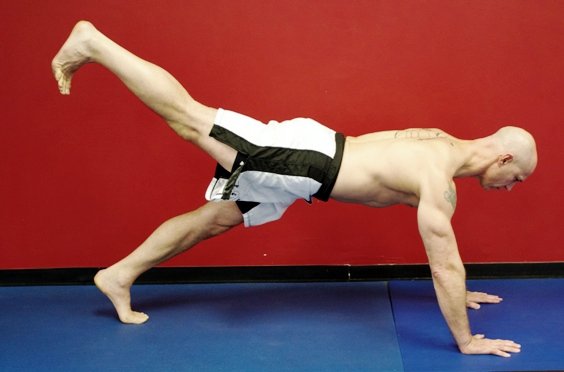
Workout #5 Fun Friday: Toss, Sprint, Push-up, Sprint, Toss, Abs & Repeat
On Fridays, I like to have some fun and mix up my workouts. Living in the Northeast, training a great deal of the time outside is not very practical. So during the warmer months, I like to get into nature and enjoy. On a recent Friday, I did the following and I really got into the zone – it was great! I felt like the Energizer Bunny, because I just kept going and going. Check out this workout and have some fun!
First, I grabbed a 20kg kettlebell from the garage and farmer carried it through the woods behind my house and to an open field. I had done a 1/2 hour of bodyweight exercise and an hour of No-Gi Jiu Jitsu a few hours before, so I didn’t need to do a complete warm-up. If your workout wasn’t preceded by what I did, I would suggest a thorough 15 minute warm-up including hip openers and hamstring stretching.
After I got to the field, I kicked off my flip flops, did a light warm up. I jogged to the 50 yard mark and set my towel down. I jogged back and did some cossacks and hamstring stretches. Then I got to work…
Here was the routine:
- One kettlebell toss: Either straight out or overhead.
- 50 yard sprint (to the towel)
- 15 Push-ups
- 50 yard sprint (back to the kettlebell)
- One kettlebell toss
- 50 yard sprint (to the towel)
- 20 abdominals
- 50 yard sprint (back to the kettlebell)
I repeated this for a total of 40 sprints which also yielded 20 kettlebell tosses, 150 push-ups and 200 abdominals. I was sweating and PUMPED! There’s not a great deal of thinking involved, so you can allow yourself to “get into the zone”.
I cooled down and farmer’s walked back home. I did have to change hands once on the way back to my house as I went through the woods.
There you have it, five workouts, four that reinforce the basic kettlebell movements and one that’s a total burner to round things out–all accomplished while providing a challenging set of sessions. Put these routines into your training cycles and enjoy improvement with all of your movements!
Enjoy!
Coach Phil Ross
****
For more information on Master RKC, 8th Degree Black Belt, and Bodyweight Specialist Phil Ross’s strength and conditioning programs, videos (including The Kettlebell Workout Library), and workshops, please visit www.philross.com.
